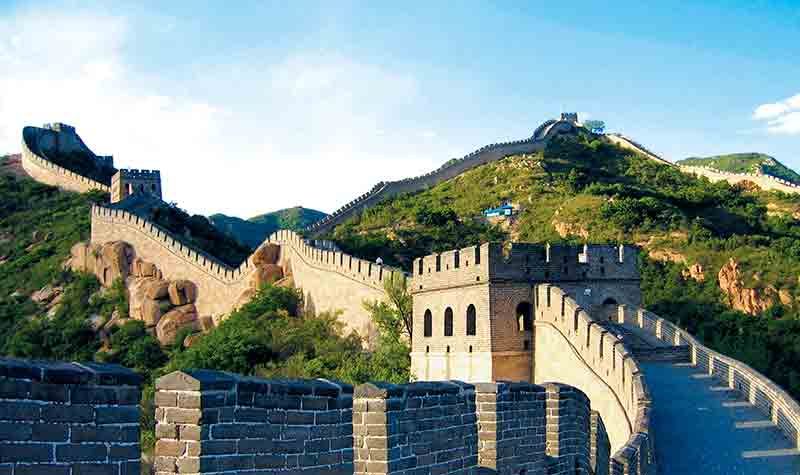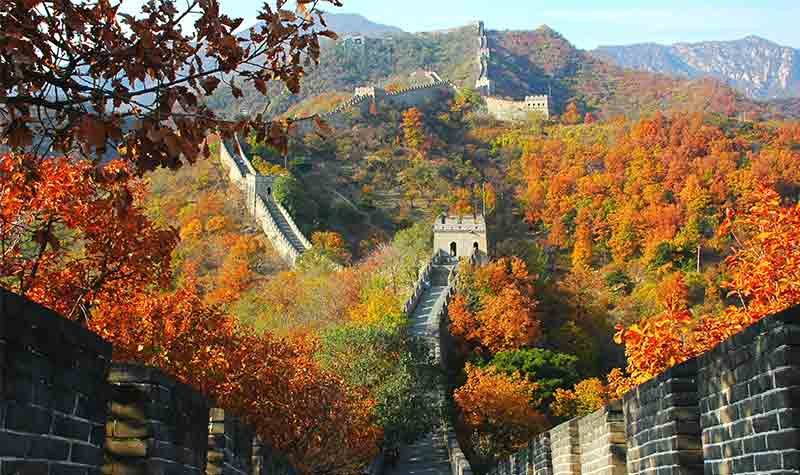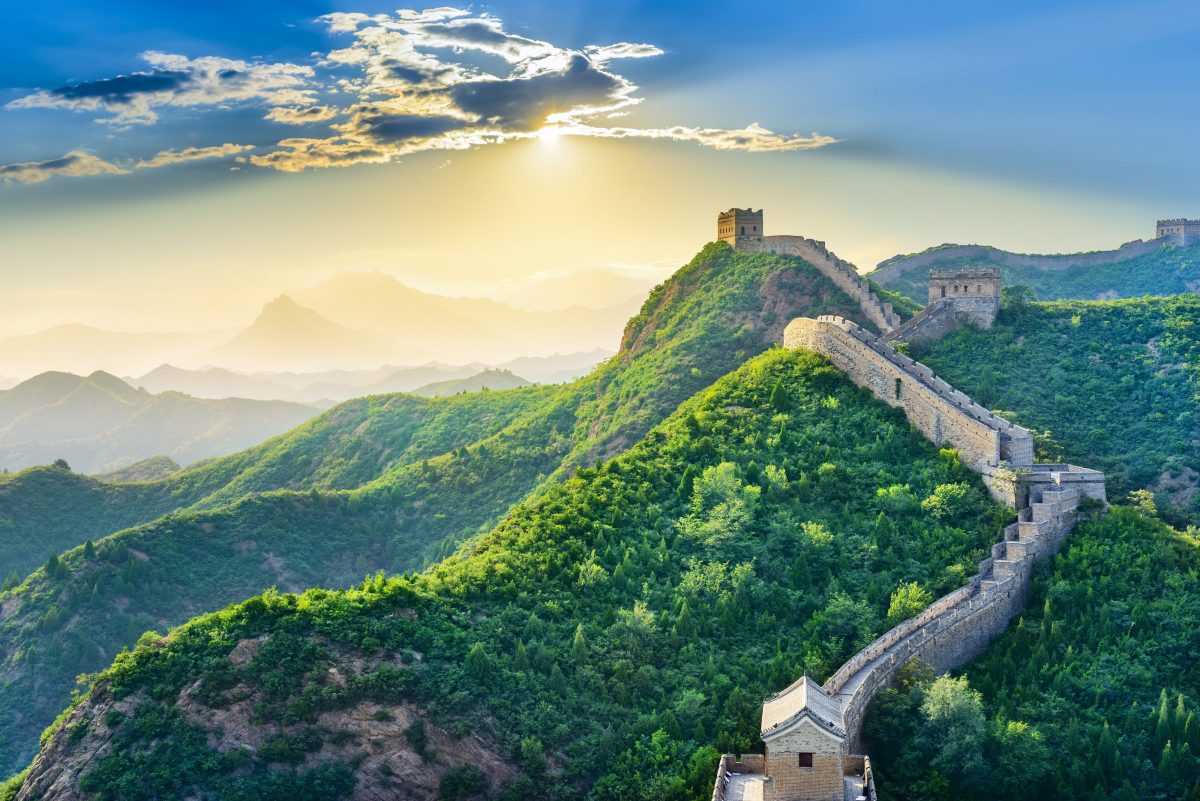In the ancient and magical land of Beijing, there stands a breathtaking miracle of human engineering – the Great Wall. The Great Wall is not only an outstanding representative of ancient Chinese defense engineering, but also a bright symbol of the long history and wisdom of Chinese civilization.
The story of the Great Wall begins a long time ago, around the 7th century BC during the Warring States period. At that time, there were frequent wars between various countries in China, and in order to protect their territories from invasion, they built walls. These scattered walls were the earliest prototype of the Great Wall.
Later, when Emperor Qin Shi Huang united China, he ordered these walls to be connected in order to build an endless line of defense against the nomads in the north. This was the starting point of the “Great Wall of China”. However, since the Great Wall was mostly made of earth at that time, many parts of it have disappeared into the river of history.

It was during the Ming Dynasty that the Great Wall really took on a new color. During the Ming Dynasty, in order to defend itself against the threat of the Mongols in the north, the Ming government built the Great Wall on a large scale, especially around Beijing, where it was built to an unprecedented level of detail and strength. Most of the Great Walls we see in Beijing today were built during the Ming Dynasty.
Among them, Badaling Great Wall is a bright pearl among the Ming Great Walls, and is regarded as the first of the Ten Thousand Miles Great Wall. It is located in Yanqing District of Beijing, about 80 kilometers away from downtown Beijing. The Badaling Great Wall has a steep terrain, with an altitude of 1015 meters above sea level, and it is built on the mountains, meandering like a huge dragon circling among the mountains.

The architectural features of the Badaling Great Wall are stunning. The walls are tall and sturdy, ranging from 6 to 9 meters in height and wide enough to accommodate many people. The wall is also equipped with various military facilities such as watchtowers, archery towers, city towers and passes, constituting a complete defense system. Especially those enemy towers, they are not only fortifications, but also an important part of the landscape of the Great Wall. These towers are made of huge stones and bricks, and both sides of the wall are wrapped with hard granite stone strips, which are very sturdy.
Besides Badaling Great Wall, Mutianyu Great Wall is also a not-to-be-missed attraction in Beijing Great Wall. It is located in Huairou District of Beijing, 73 kilometers away from Beijing city. Built in the early Ming Dynasty, the Mutianyu Great Wall is the essence of the Great Wall of China in the Ming Dynasty. The walls of the Great Wall here are well-preserved and full of ancient charm, and the vegetation coverage is as high as 96%, which makes the scenery very beautiful.

The Mutianyu Great Wall’s main pass platform is very unique, which consists of three hollow enemy towers, connected to each other and standing high. This unique structure is extremely rare in the Great Wall. In addition, the enemy towers here are very dense, with four of them within a distance of less than 500 meters. Unlike other sections of the Great Wall, the Mutianyu Great Wall has palisade walls on both sides, which means that both sides can be used for fighting against the enemy, fully reflecting its important strategic position.
Besides Badaling and Mutianyu, there are many other famous Great Wall passages around Beijing, such as Juyongguan and Jinshanling Great Wall. Each section of the Great Wall has its own unique scenery and historical stories waiting to be explored and discovered.

The Great Wall, a huge dragon winding through the Chinese land, is not only the pride of the Chinese people, but also a valuable treasure shared by all mankind. It has witnessed the historical changes of China and carried the dreams and hopes of countless people. If you have the chance to come to Beijing, don’t miss this wonderful opportunity to experience the charm of Chinese civilization up close.
